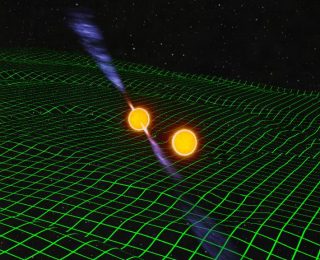
by Michael Zevin | Jan 31, 2017 | Daily Paper Summaries
Instead of sitting around and twiddling its thumbs when unused, your computer could be contributing to science! Today’s astrobite highlights the discovery of a rare system that was uncovered through the Einstein@Home project.
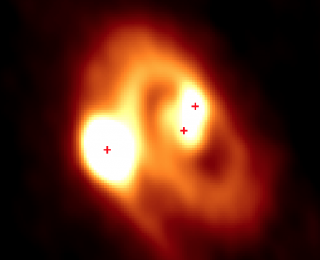
by Michael Zevin | Nov 2, 2016 | Daily Paper Summaries
About half of all Sun-like stars have siblings, born into binary or multiple star families. Today’s paper presents the first observations of an important process in forming such systems – stars spawned from gravitational instability in a protostellar disk.
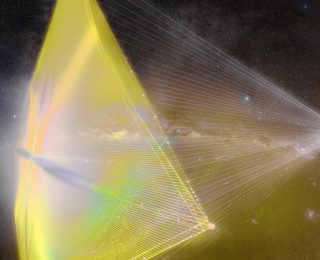
by Michael Zevin | Sep 23, 2016 | Daily Paper Summaries
We now know that our nearest stellar neighbor may harbor an Earth-like exoplanet. The Breakthrough Starshot initiative plans to get spacecraft there in only 20 years. However, the “empty” space between us and our nearest star is not completely empty, and the material in the path of these spacecraft may have catastrophic consequences for the mission.
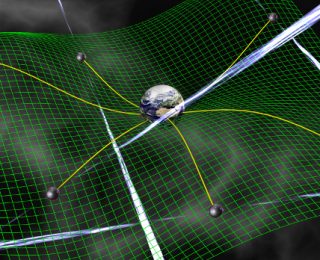
by Michael Zevin | Aug 10, 2016 | Classics, Daily Paper Summaries
Since gravitational waves are now on the tip of every astronomer’s tongue, today’s post looks back at a classic paper’s key result that is quintessential in the search for gravitational waves using pulsar timing arrays.
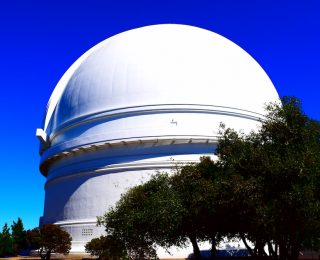
by Michael Zevin | Jul 4, 2016 | Daily Paper Summaries
After AAS San Diego, a couple of Astrobiters ventured to the top of Mt. Palomar to visit the 200-inch Hale telescope. Read on to hear about this iconic observatory and some of the astronomical research that it plays a part in.




